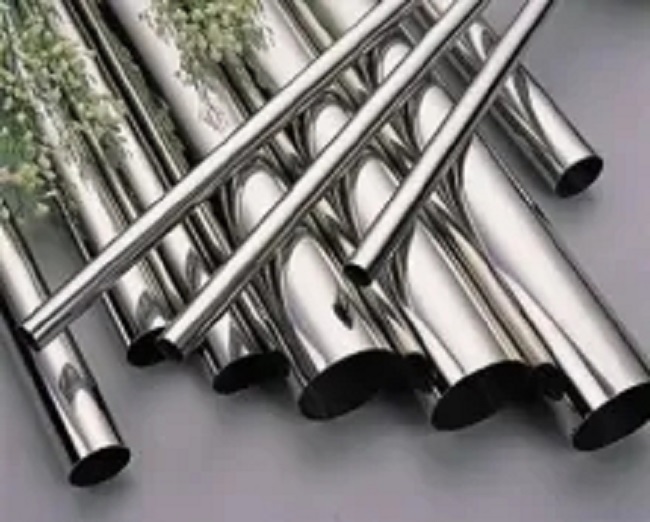
Privacy statement: Your privacy is very important to Us. Our company promises not to disclose your personal information to any external company with out your explicit permission.
1. Stainless steel refers to the corrosion-resistant steel in the atmosphere and weakly corrosive medium:If the corrosion rate is less than 0.01mm/year, it is considered to be "completely resistant to corrosion"; if the corrosion rate is less than 0.1mm/year, it is considered to be "corrosion resistant".
2. Corrosion-resistant steel refers to steel that can resist corrosion in various strongly corrosive media.Corrosion resistance of various stainless steels:
304 is a universal stainless steel, which is widely used to make equipment and parts that require good comprehensive properties (corrosion resistance and formability).
301 stainless steel exhibits obvious work hardening phenomenon during deformation, and is used in various occasions requiring higher strength.
302 stainless steel is essentially a variant of 304 stainless steel with higher carbon content, which can obtain higher strength by cold rolling.
302B is a kind of stainless steel with high silicon content, which has high resistance to high temperature oxidation.
303 and 303Se are free-cutting stainless steels containing sulfur and selenium, respectively, for applications where free-cutting and high surface finish are primarily required.
303Se stainless steel is also used to make parts that require hot upsetting, because under these conditions, this stainless steel has good hot workability.
304L is a variant of 304 stainless steel with a lower carbon content and is used where welding is required. The lower carbon content minimizes carbide precipitation in the heat-affected zone near the weld, which can lead to intergranular corrosion (weld erosion) of stainless steel in some environments.
304N is a nitrogen-containing stainless steel, and nitrogen is added to increase the strength of the steel. 305 and 384 stainless steels contain high nickel and have low work hardening rates, making them suitable for various occasions that require high cold formability.
308 stainless steel is used to make electrodes.
The nickel and chromium contents of 309, 310, 314 and 330 stainless steel are relatively high, in order to improve the oxidation resistance and creep strength of the steel at high temperature.
While 305S and 310S are variants of 309 and 310 stainless steel, the only difference is that the carbon content is lower, in order to minimize the precipitation of carbides near the weld.
330 stainless steel has a particularly high resistance to carburization and thermal shock resistance.
Types 316 and 317 stainless steels contain aluminum and are therefore much more resistant to pitting corrosion than 304 stainless steels in marine and chemical industry environments.
Among them, 316 stainless steel variants include low carbon stainless steel 316L, nitrogen-containing high-strength stainless steel 316N, and free-cutting stainless steel 316F with high sulfur content.
321, 347 and 348 are stainless steel stabilized with titanium, niobium plus tantalum and niobium respectively, which are suitable for welding components used at high temperatures.
348 is a stainless steel suitable for the nuclear power industry, with certain restrictions on the content of tantalum and cobalt.

November 09, 2024
October 25, 2024
Contactar proveedor
November 09, 2024
October 25, 2024
July 14, 2022
July 13, 2022

Privacy statement: Your privacy is very important to Us. Our company promises not to disclose your personal information to any external company with out your explicit permission.

Fill in more information so that we can get in touch with you faster
Privacy statement: Your privacy is very important to Us. Our company promises not to disclose your personal information to any external company with out your explicit permission.